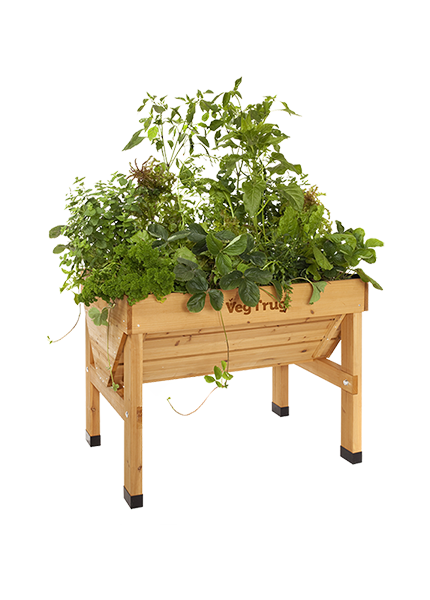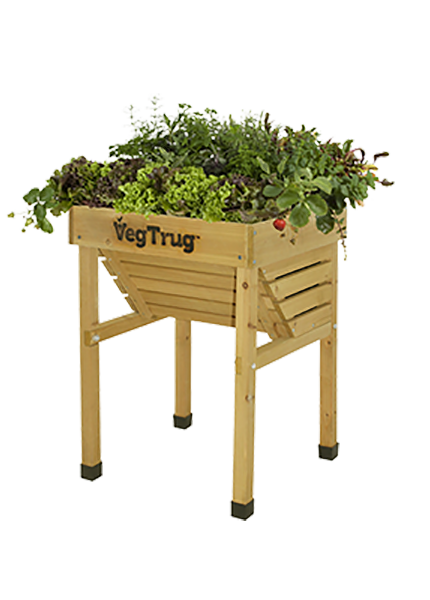It’s been said that cauliflowers can be tricky to grow. But if you love cauliflowers there’s no reason why you can’t grow your own, you just need the right conditions. And they’ll taste better than anything you find in the shops.
Cauliflower likes cooler months and once you’ve learned how to grow cauliflower, you can harvest it all year round.
Read more below.
Sow your cauliflower seeds in late spring, and 60cm apart in rows. Cauliflowers need space. If you’re growing in a VegTrug place them in the centre, where it’s deepest. They mature fast, so it’s best to sow a few regularly, rather than a lot in one go.
Sow thinly, at around 2cm deep. Spacing depends on the size of the variety. Mini cauliflowers will only need 15cm, whereas the largest will need 60cm of space between them.
Make sure that your cauliflowers always have plenty of moisture, as they can't withstand drought, top dressing with fertiliser and nitrogen if necessary too. If the growth gets stunted at any time the heads produced will be tiny and misshapen.
Cauliflowers need moisture and nutrients When watering make sure the roots are well covered and it’s a good idea to thoroughly water the cauliflowers and the hole into which they are going if you’re transplanting them. Make sure the soil is tight against the roots as you do so and make sure the lowest leaves are at the soil level too. Keep it all packed tightly and well-watered.
Cauliflowers attract birds, caterpillars and there’s a fungal disease called Club Root, which affects this family. But it’s all part of the process of learning how to grow cauliflower.
Birds will eat the seeds and seedlings, so cover with a net. Pigeons in particular are ones to watch out for. A mesh netting will also discourage the caterpillars of the ‘cabbage white’ butterflies. Nasturtium is a good alternative meal for these if you find any on your prized cauliflowers.
Club root is a little more tricky to get rid of and will stay in the soil for many years. It’s a fungal disease and causes the roots to become deformed. The leaves will wilt and yellow. Better drainage and reducing the acidity of the soil with lime can help. Long term, crop rotation can help reduce the chance of club root occurring.
Remove the affected plants, but don’t dispose of them in the compost and clean any tools you used. This will help prevent further spread.
Cauliflowers should be ready in three to five months and once you know how to grow cauliflower you can enjoy year-round supplies. The different cauliflower varieties will have different harvesting requirements.
Don’t wait until the heads turn yellow or separate - this means bitter-tasting cauliflowers and not the reward you want for months of effort.
The heads should keep for about a week in a plastic bag in the fridge. They can be frozen too but should be blanched first.
How to grow cauliflower is part of the VegTrug Grower’s Guide.

